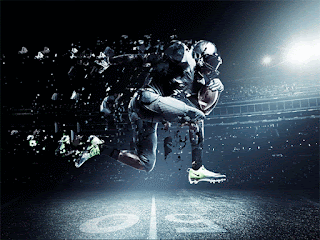how to Create smoke animation-animated flames in Photoshop

In this tutorial, learn how to make an animated fire flame effect in Photoshop. Step by step instructions is gone over on how to create this perfect addition to any animation or presentation. Create fire flames in Photoshop with help from this tutorial. photoshop plugin,photoshop,adobe photoshop (software),photoshop plugins,plugin,photoshop plugins 2018,photoshop plugins 2017,plugins,photoshop filters plugins free download,photoshop tutorials,plug-in,photoshop new plugins,plug-in (software genre),photoshop plugins hindi,photoshop plugies,photoshop filters plugins,photoshop plugins effects,photoshop plugins install,photoshop filters,new photoshop plugin,photoshop plugins tutorial #photography #photoshop #composition #tamron #lightroom #style #modeling #picsart #photomodelling #nikon #streetstyle #girl #retouching #skintexturing #photoshopplugins #nature #fashion #portrait #Photoshop #PhotoshopCC #PhotoshopFilter #PhotoshopPlugins #LookupTable #LUTs #PhotoshopAddict #PhotoshopIndonesia #...
